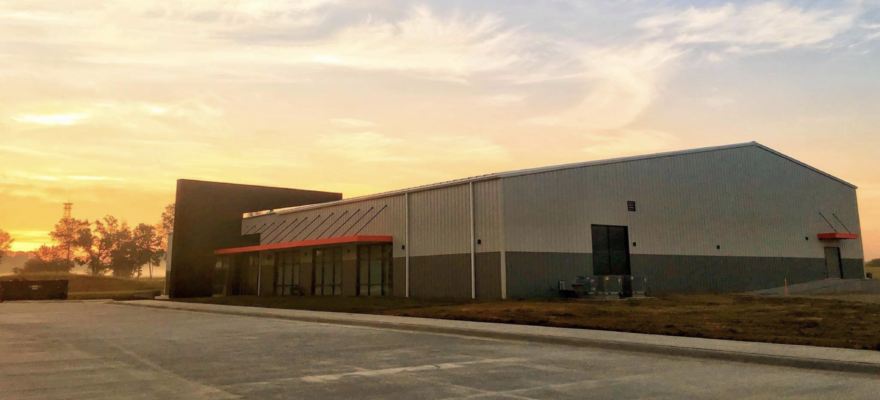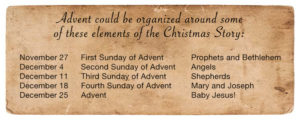by Steve Akins – Lead Pastor of Vertical Church in Fort Branch, Indiana.
Vision noun | vi•sion | \’vi-zhən : the act or power of imagination; mode of seeing or conceiving
If you would have asked me what vision is in a church several years ago I probably would have quoted a leader like Andy Stanley or Rick Warren, but what I’ve come to learn is that vision is simply listening to what God says and doing exactly what He says to do. That is the story of the relocation of Vertical Church to its new campus.
Sixteen years ago I came to, at that time, the Fort Branch General Baptist Church. It was a congregation in decline. They had been without a pastor for close to two years and the once large congregation had dwindled down to around 100. AS we began the work we sensed that God was up to something. The area was changing and more and more people were moving into the area and the church began to grow. As with any change, difficulties arise. Long-time church members feel threated by the new people, the new worship style, the new attitude and so some began to leave but God was faithful and for everyone one person that left God would bring two and the church continued to grow.
In 2008 we continued to grow and we began to sense that we would need to build one day. We began to pray and talk about what that would look like and what that would entail. Should we stay at our current location or should we relocate? Our current location was landlocked and any idea we had to utilize the land and facilities just wouldn’t work. So relocation was our only option but we had one big problem; There was very little land for sale around Fort Branch in the size we needed. In fact, there was only one piece of property available. As we prayed we sensed that God wanted us to purchase 20 acres and we figured that it would cost us $10,000 an acre since land prices were at a premium. In 2011 we approached the landowner with an offer which they countered and we accepted. We were able to purchase 26.68 acres of land for $199,960. It was a definite God moment as we received 7 more acres more then we needed for less than we originally thought. Talking to the landowner at the closing they said the reason that they brought the price down so much is that we were a church and they wanted to see God’s church flourish. God was with us!
In 2013 We began to meet with Architects to flesh out what was needed for our ministry going forward. Our priority was to build a functional building. We were not looking to build something that would appear on the cover of Architectural Digest but to be a functional, multi-use space. I heard a long time ago that form follows function and so we designed the building spaces to fit the ministry that we would be doing. It was so important to us to get a designer and builder who listened to us and was interested in how we wanted to do ministry.
We broke ground in September 2017 and the building was completed August 1, 2018. On our first Sunday God blew our minds. We had 721 people show up which was 200 more than the previous week and through the first month, we continue to average over 200 people more than the previous month. Our Grand Opening celebration was Sunday, August 26 with 815 people in attendance.
In short, this story is not about me but about the faithfulness of God and the faith of His people.
To God be the Glory, great things He has done!



 Advent is the season marked by the four Sundays before December 25, climaxing with Christmas Day and the wonderful good news, “unto you is born a Savior which is Christ the Lord.”
Advent is the season marked by the four Sundays before December 25, climaxing with Christmas Day and the wonderful good news, “unto you is born a Savior which is Christ the Lord.”